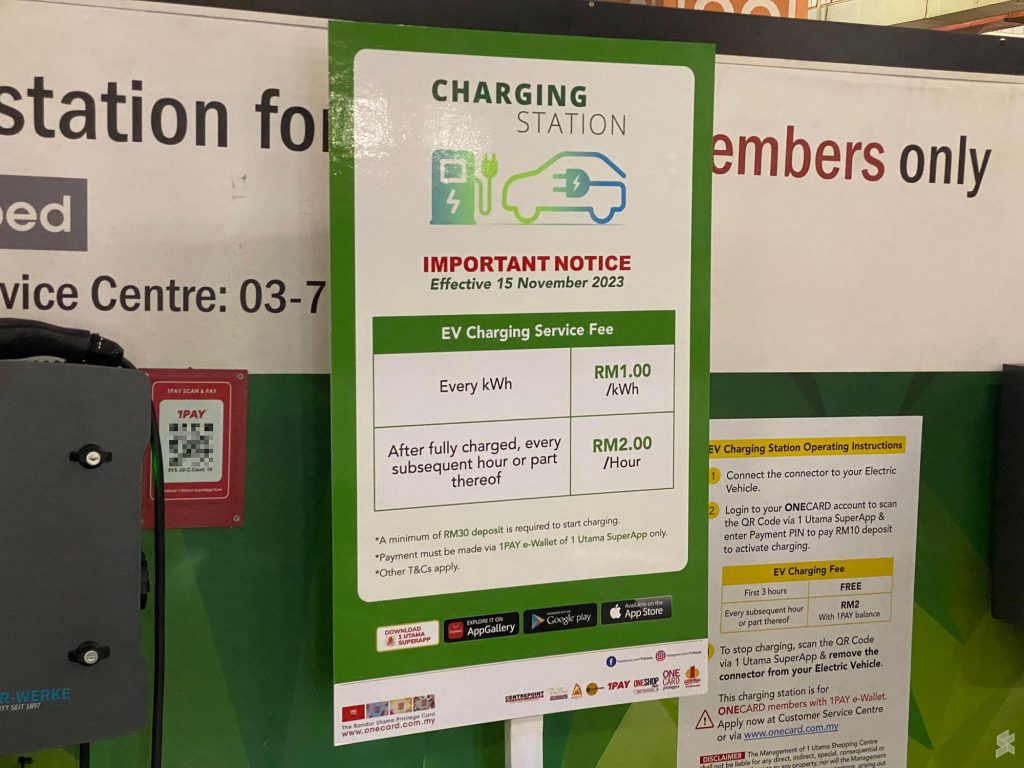On April 13, a new regulation was adopted in the European Union, which represents an important step in the transparency of prices at public charging stations. This regulation, known as the Alternative Fuels Infrastructure Regulation (AFIR), has implications for load piling operators and provides greater clarity to users.
This new legislation defines two crucial aspects: full price transparency regarding the costs of charging and using payment cards at public charging stations.
Definition of public charging stations

Before diving deeper into the rules, it is important to understand the definition of a public charging point under the AFIR regulations.
A public charging point is a charging point that is continuously accessible to private users without physical barriers such as gates or barriers on a public or private site and where the end user can charge using a charging card (with roaming).
As the owner of a charging point located in a parking lot that can be used by a large audience (eg a supermarket or a hotel), you cannot limit access to the charging point. This automatically becomes a public charging station.
Charging points not covered by AFIR:
Companies that have charging stations in a larger parking lot that can only be used by employees of that company,
All residential charging points (with a private house, apartment building, ...) that are only used by a limited group of people (family, residents, ...)
Charging points located on a location with gates and other barriers that open only for external parties on request or with an appointment.
Publishing charging stations with roaming
"Semi-public" opening of charging stations will no longer be possible under the new AFIR regulations. Semi-public charging stations are those that are not published on live maps of charging station platforms and apps, but that use roaming that allows exteriors to charge with a charging card. Under the new rules, all charging stations made public that use roaming will have to be visible on platforms and apps accessible to third parties.
Price transparency at public charging stations
Users of public charging stations should be able to easily and transparently see the price per kWh before they begin charging. This includes not only the price per kWh, but also any starting and rotational charges, as well as other possible costs.
As of April 13, 2024, it is mandatory for all new public charging stations to provide this information. Charging poles installed before this date will have a transition period until Jan. 1, 2027, to comply with this legislation.
Operators can display this information through a QR code on the charging screen or through a poster at the charging location, similar to petrol stations.

What should be displayed?
Price per kWh
Starting charge
Rotation charge
Additional charges
Using payment cards as means of payment at public charging stations

All public charging stations in the EU should allow users to start and pay for a charging session anonymously, without the need for an account or contract.
All new (installed after 13 April 2024) public DC charging bollards of 50 kW or more must offer users the ability to pay electronically via a card reader or contactless method.
For public AC charging posts of 50 kW or less, the use of online payment via a QR code is also allowed, in addition to or as an alternative to a card reader.
This regulation is beneficial for private users who use public charging stations occasionally, as they no longer need a special charging card. However, for frequent users and companies that need to make repayments, a charge card remains the most practical option because of its convenient billing. However, for frequent users and businesses that need to make repayments, a charge card remains the most practical option because of its convenient billing.
Pluginsights
Find out all about the EV Sector and gain new insights into the transition to eMobility.